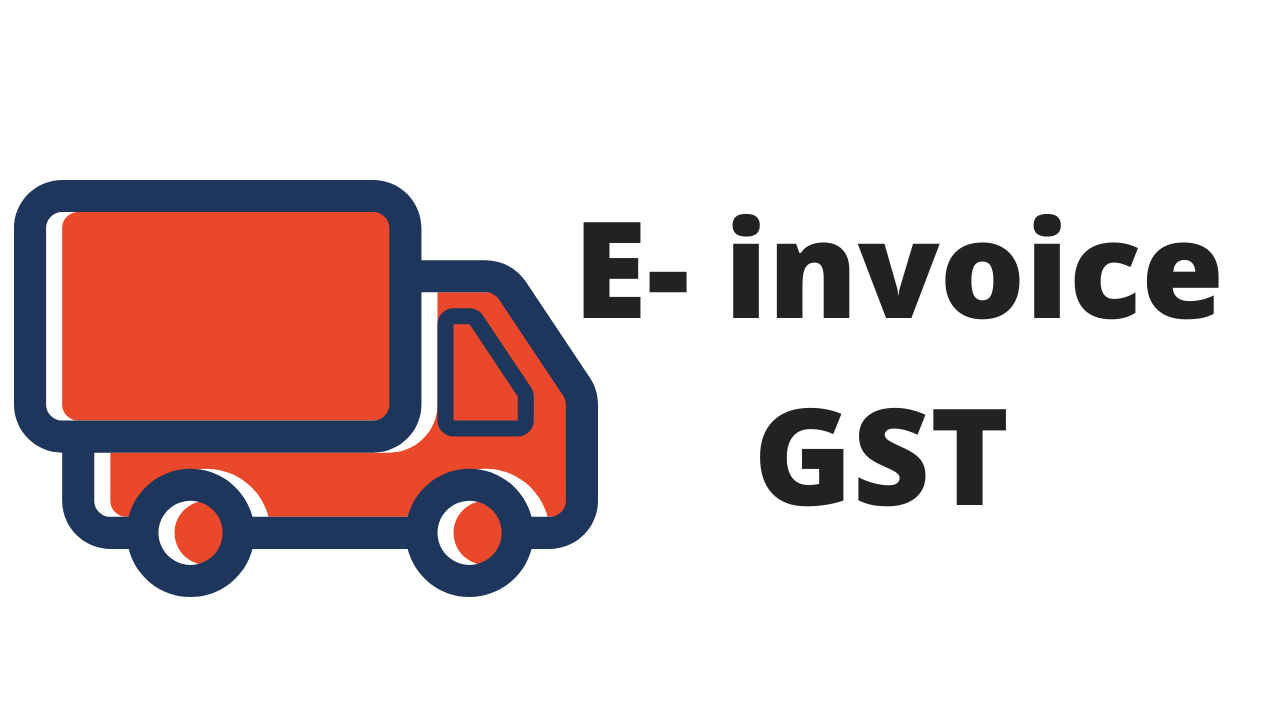Concept of E-Invoice
The GST Council has approved introduction of ‘E-invoicing’ or ‘electronic invoicing’ in a phased manner for reporting of business to business (B2B) invoices to GST System, starting from 1st January 2020 on voluntary basis. Since there was no standard e-invoice format existing in the India, standard for the same has been finalized after consultation with trade/industry bodies as well as ICAI after keeping the draft in public place. Having a standard format is a must to ensure the complete inter-operability of e-invoices across the entire GST eco-system, so that e-invoices generated by one software can be read by any other software, thereby eliminating the need of fresh data entry – which is a norm and standard expectation today. The machine readability and uniform interpretation is the key objective under the GST Law. This is also an important for reporting the details to the GST Department as part of Return. Apart from the GST System, adoption of a standard format will also ensure that an e-invoice shared by a seller with his buyer or bank or agent or any other player in the whole business eco-system can be read by machines and obviate and hence eliminate data entry errors.
OBJECTIVE OF E-INVOICING
- Elimination of fake invoices
- Generation of invoice in a standard format so that invoice generated on one system can be read by another system.
- Reporting of e-invoice to a central system.
- One time reporting on B2B invoice data in the form it is generated to reduce reporting in multiple formats (one for GSTR1 and the other for e-way bill).
- To generate Sales and purchase register (ANX-1 and ANX-2) from this data to keep the Return (RET-1 etc.) ready for filing under New Return. e-Way bill can also be generated using e-Invoice data.
- Substantial reduction in input credit verification issues as same data will get reported to tax department as well to buyer in his inward supply (purchase) register.
- On receipt of info thru GST System as buyer can do reconciliation with his Purchase Order and accept/reject in time under New Return.
- Complete trail of B2B invoices above certain threshold limit
E-INVOICING FOR SMALL TAXPAYERS
“What if incase I who do not have any accounting software?”
- Offline utility available for taxpayers not having any software.
- 8 different accounting and billing softwares free of cost available to small taxpayers
- Optional for the taxpayers to choose from the above softwares or they can use offline utility.
- Availability of software both online (cloud based) and offline ( installed on the computer system of the user)
* Small taxpayer: annual turnover below 1.5 crore.
INVOICING MECHANISM & REPORTING IN E-INVOICING
- Integration of Multiple invoicing softwares : The taxpayer would continue to use his accounting system/ERP or excel based tools or any such tool for creating the electronic invoice as s/he is using currently but in conformity with the invoice schema (standands) and the mandatory parameters. Changes shall be made in the software so as to enable to generate a JSON of the invoice to be uploaded on IRP. Thus, irrespective of the software being used, all the invoices will be uploaded on one single system i.e IRP.
- Automated updation : Once the IRN (Invoice Reference Number) is generated for an invoice, the data will be pushed to GSTN portal and e-way bill system which will auto update ANX-1 of the seller and ANX-2 of the buyer. So, no manual updation is needed. Further, Part A of e-way bill will also be auto created based on the e-invoice.
- Simplified ITC reconciliation: Since the data based on the invoice will auto float to purchase register (ANX-2) of the buyer, this will lead to substantial reduction in input credit verification issues. Further, the buyer can do reconciliation with purchase order and accept/reject in time under new return filing process
Type of documents need to be reported
While the word invoice is used in name of e – invoice, it covers other documents that will be required to be reported to IRP (Invoice registration portal) by the creator of the document.
- Invoices by supplier.
- Credit note by supplier
- Debit note by supplier
- Any other document that is required by law to be reported by creator of document.
PROCESS OF NEW INVOICING MECHANISM
The process of the e-invoice generation, registration and receipt of confirmation can be logically divided into two major parts :
PART A • Interaction between taxpayer (supplier in case of invoice) and Invoice Registration Portal (IRP)
PART B • Interaction between IRP and GST/ E-way bill portal and buyer PART A- INTERACTION B
POINTS TO BE REMEMBER WHILE GENERETING E-INVOICING
- E-invoice will not be accepted in the GST system if any of the mandatory details is missing.
- All accounting and billing software companies are being separately asked to adopt e-invoice standard so that their users can generate the JSON from the software and upload the same on IRP.
- The hash (unique IRN) could also be generated by the taxpayers based on above algorithm. Billing software’s can specifically incorporate this feature in their product. One can pre – generate it on invoice book, however same will not make invoice valid unless it is registered on the portal along with invoice details.
- Buyer can use QR code to print or verify the invoice from his purchase order.
- E-invoice generated will be digitally signed by IRP after it has been validated, thus same are not required to be signed again by taxpayers.
- Small and medium size taxpayers (having annual turnover less than INR 1.5 crs) can avail accounting and billing system being offered by GSTN free of cost as discussed earlier.
- Invoice Reference Number (IRN) generated in step 4 shall be unique for each invoice and be the identity of each invoice for the entire financial year in the entire GST system for a taxpayer.
- Supplier may send the e-invoice for registration to more than one registrar. But, the GST system and IRP will perform a de-duplication check with Central registry to ensure that IRN generated is unique for each invoice. In case of multiple IRPs, only one IRP will return a valid IRN to the seller. Except one, all other IRPs will reject the request for registration.



